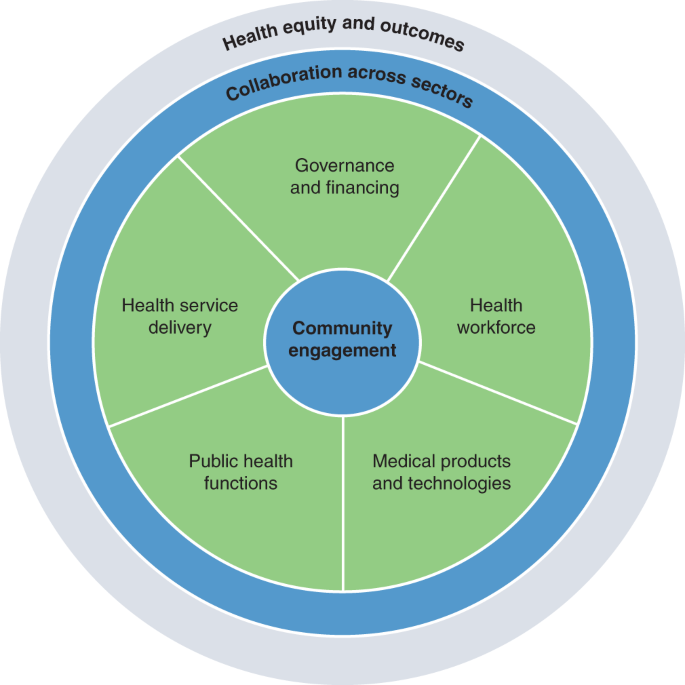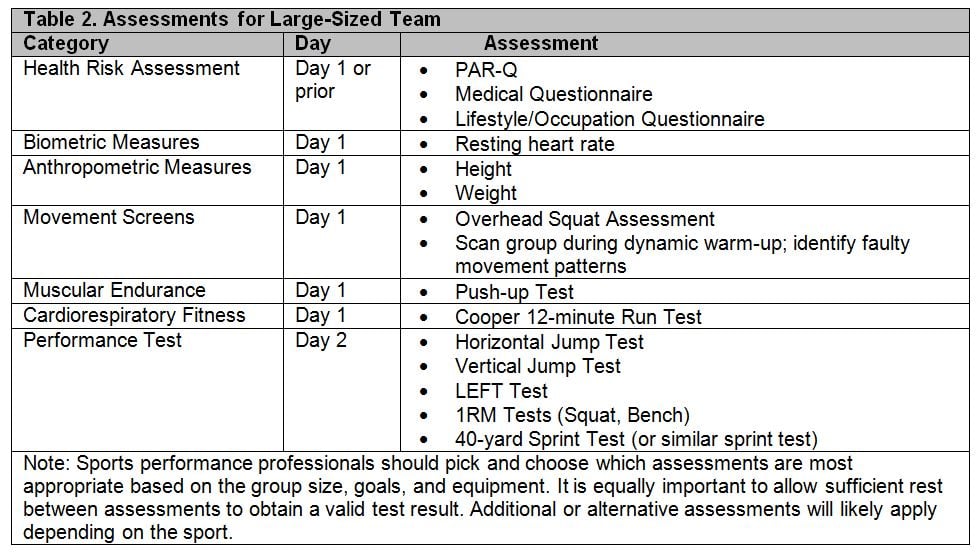
Robust Planning for Resilience: Strengthening Epidemic Preparedness
Epidemics pose significant challenges to public health, necessitating comprehensive preparedness plans. This article explores the imperative of reinforcing epidemic preparedness plans, emphasizing the need for resilience and adaptability in the face of health crises.
The Foundation of Epidemic Preparedness Plans
Epidemic preparedness plans serve as the foundation for effective response strategies. These plans outline preventive measures, response protocols, resource allocation strategies, and communication frameworks. A well-structured preparedness plan is crucial for minimizing the impact of epidemics on communities and healthcare systems.
Risk Assessment and Scenario Planning
Strengthening epidemic preparedness begins with thorough risk assessment and scenario planning. Understanding potential threats, assessing vulnerabilities, and envisioning various outbreak scenarios enable planners to tailor preparedness plans to the specific needs of the community. This anticipatory approach enhances the adaptability of response strategies.
Multi-Sectoral Collaboration in Planning
Epidemic preparedness plans are most effective when developed through multi-sectoral collaboration. Involving healthcare professionals, government agencies, community organizations, and private sector entities ensures a comprehensive and inclusive planning process. Collaborative efforts bring diverse expertise and resources to the table, fostering a more resilient preparedness framework.
Incorporating Lessons from Previous Outbreaks
Learning from past outbreaks is instrumental in refining and strengthening preparedness plans. Analyzing the successes and challenges of previous responses provides valuable insights for adjusting strategies, updating protocols, and enhancing the overall effectiveness of future preparedness plans.
Continuous Training and Drills
Preparedness plans are only as effective as the readiness of those tasked with implementing them. Continuous training and drills are essential components of strengthening epidemic preparedness. Healthcare professionals, emergency responders, and community volunteers need regular practice to ensure seamless execution during actual outbreaks.
Flexible Resource Allocation Strategies
The unpredictability of epidemics requires preparedness plans to incorporate flexible resource allocation strategies. This includes stockpiling essential medical supplies, establishing surge capacity in healthcare facilities, and having mechanisms for rapid deployment of personnel. Flexibility in resource allocation ensures a dynamic response to evolving epidemic scenarios.
Public Communication and Education Initiatives
Clear and transparent communication is paramount during epidemics. Preparedness plans should include robust public communication and education initiatives. Providing accurate information, addressing concerns, and fostering a sense of community responsibility contribute to effective epidemic control and mitigate panic.
Leveraging Technology for Preparedness
Advancements in technology offer valuable tools for strengthening epidemic preparedness. Digital platforms, data analytics, and telemedicine can enhance communication, facilitate remote monitoring, and provide real-time insights during outbreaks. Integrating technology into preparedness plans ensures a modern and agile response to health crises.
Global Collaboration for Shared Preparedness
Epidemics transcend borders, highlighting the importance of global collaboration in preparedness planning. Sharing information, best practices, and resources on an international scale strengthens the collective ability to respond to emerging health threats. Collaborative global preparedness efforts contribute to a more interconnected and resilient global health system.
Challenges and Innovations in Preparedness
While preparedness planning is crucial, challenges such as resource constraints, political barriers, and evolving pathogens necessitate ongoing innovations. Embracing new technologies, exploring public-private partnerships, and addressing equity concerns are essential aspects of overcoming challenges and continually enhancing preparedness plans.
The Path Forward: Building Resilience
In conclusion, strengthening epidemic preparedness plans is an ongoing and collaborative effort. By incorporating lessons learned, fostering multi-sectoral collaboration, embracing technology, and adapting to evolving challenges, societies can build resilient preparedness frameworks. As we navigate the complexities of public health, continuous improvement and global collaboration remain pivotal for effective epidemic preparedness.
For more information on strengthening epidemic preparedness plans, visit Healthcare Systems.














